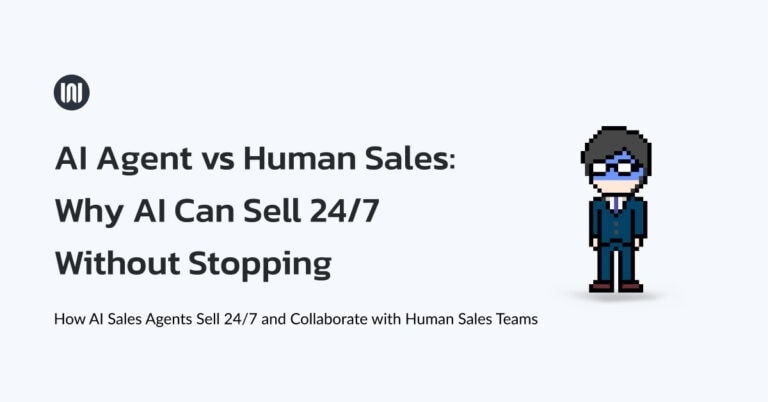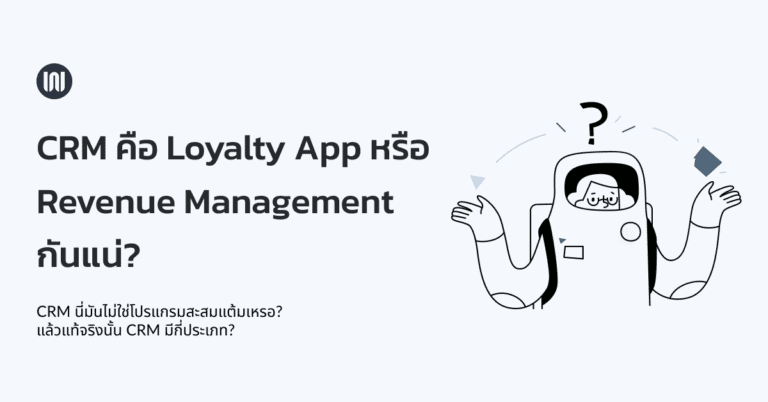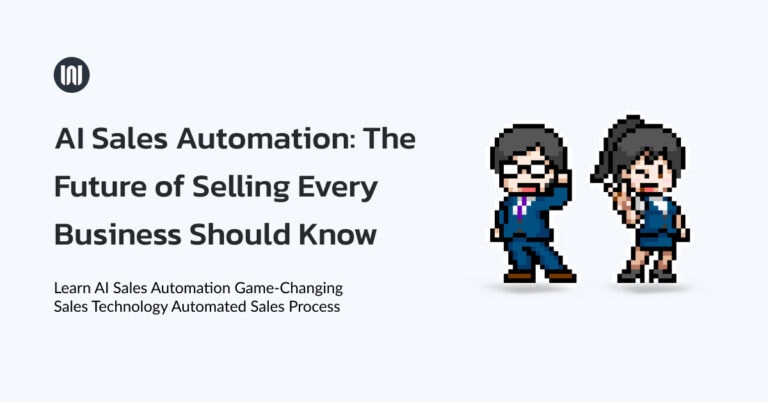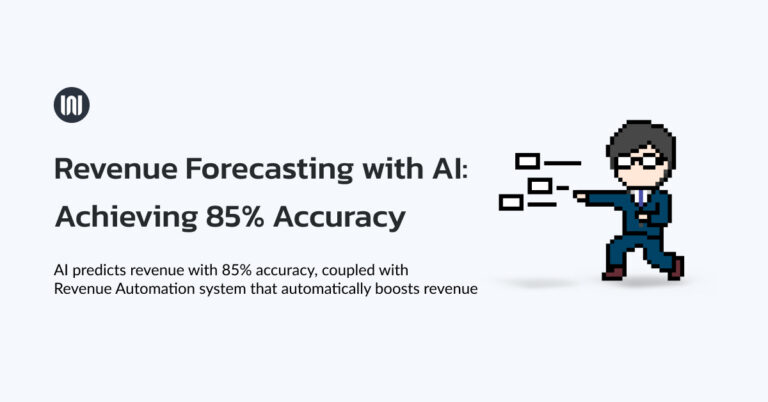Predictive Sales Analytics: Use AI to Predict Sales Opportunities with 90% Accuracy

Riki Kimura
Digital Marketing Executive at Wisible
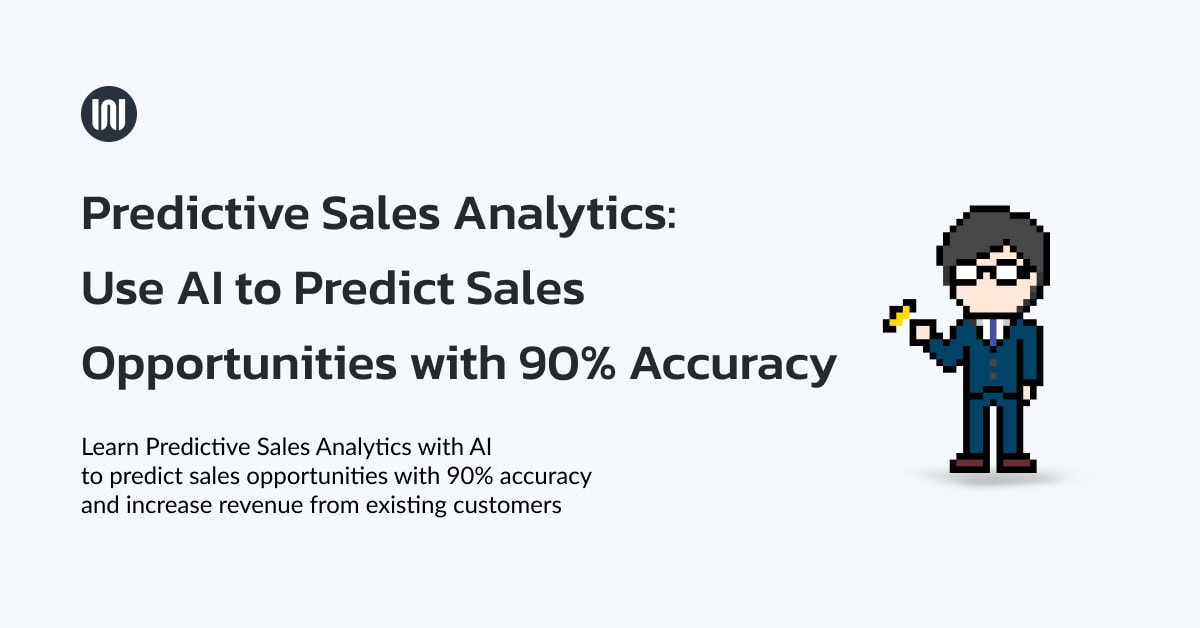
While many B2B business owners still think that Predictive Sales Analytics is a technology of the future, their competitors are already using AI to predict sales opportunities from existing customers with up to 90% accuracy. This results in a 15% revenue increase within 90 days—without hiring additional salespeople.
Today, we will dive into how Sales Analytics AI works and why businesses that still rely on Excel to track customers are missing out on golden opportunities.
What is Predictive Sales Analytics and How is it Different from Demand Forecasting?
Many people often misunderstand the difference between demand forecasting and predictive sales analytics—some even go as far as feeding three years of historical sales data into a GenAI tool, expecting it to generate amazing insights.
In reality, demand forecasting predicts market demand: which products customers will want, when they will want them, and in what quantity. However, it doesn’t necessarily mean they will buy from us—because if we cannot fulfill that demand, customers will simply buy from competitors.
On the other hand, Predictive Sales Analytics means:
- Using Sales Analytics AI to analyze the behavior of existing customers
- Predicting who will place the next order, when, and for which products
- Detecting hidden buying signals in digital data
- Automatically creating deals before competitors reach those customers
Why Traditional Sales Data Analytics Doesn’t Work
Have you ever had your sales team say, “This customer will probably order next month”, only to find that when the time comes, the customer goes silent—or worse, you later discover they bought from a competitor?
The problems with traditional sales data analytics are:
1. Data Isn’t Real-Time
ERP systems only record completed sales. They don’t capture whether customers are browsing products on your website, what they ask in chats, or how they engage with social media.
2. Lack of “Field Insights”
Only field sales reps who talk to customers face-to-face every day, or sales coordinators constantly chatting with customers, truly know the deep insights. Most of this knowledge stays in the salesperson’s head and never enters the system.
3. Inability to Connect the Dots
Even if you collect data from multiple channels, they remain disconnected. Without predictive sales analytics, you can’t analyze and forecast in a holistic, connected way.
How AI Predictive Analytics for Sales Works
Imagine having a “tireless assistant” who watches over every customer 24/7 and can tell you:
AI Predictor Agent
Analyzes each customer’s purchase history, order patterns, timing, and volume, then predicts who will place the next order and when.
Demand Listener Agent
Listens for buying signals from online behaviors, such as visiting your website more frequently, downloading catalogs, or making inquiries via chat.
Insights IQ Agent
Provides real-time dashboards for executives to see the overall picture and alerts you when customers are at risk of switching to competitors.
Predictive Sales Analytics Software: Not Just a Tool, but a Sidekick
After working with over 40 B2B businesses, we discovered that the real problem isn’t the technology—it’s the lack of a “command center vision” that integrates frontline field insights.
As Sun Tzu’s Art of War says: “Know yourself and know your enemy, and you will win a hundred battles.” For sales prediction analytics tools to truly work, they require:
1. Data from Executives (The Command Center)
- Long-term business goals
- Competitive strategies
- Pricing and discount policies
2. Data from the Frontline (Field Sales)
- Customer sentiment captured through daily conversations
- Changes happening in customers’ businesses
- Competitor information mentioned by customers
3. Technology as a Sidekick
- Not replacing humans, but acting as a seamless assistant that collects data, analyzes it, and converts it into actionable insights.
Predictive Analytics in B2B Sales: Real Battlefield Case
Measurable Results:
- +15% revenue from existing customers within 90 days—without hiring additional salespeople
- 70% of repeat sales deals were created by AI before the sales team even thought of them
- 3× faster reorder cycles because timing was never missed
- 30% reduction in revenue leakage within 6 months
What makes this approach different from traditional systems is that, instead of waiting for customers to reach out, AI predicts in advance and creates deals for the sales team first—like having an intelligence unit that whispers: “This customer will place an order within 2 weeks.”
How to Start Predictive Sales Analytics Effectively
Many companies believe they need perfectly clean data or a flawless ERP system before they can start using predictive sales analytics.
In reality, getting started doesn’t have to be huge or complicated. You can begin with:
Getting Started Steps:
- Collect existing customer behavior data – website visits, email opens, chat inquiries
- Connect data from multiple channels – CRM, website, social media, email
- Analyze the buying patterns of existing customers – uncover hidden relationships
- Test with a small customer segment first – measure results and refine
- Scale to all customers – once you are confident in the accuracy
The Future of Sales is AI That Understands Customers Better Than Humans
Predictive Sales Analytics is no longer a technology of the future—it has become a necessity of the present. Businesses that still believe tracking customers with Excel or a basic CRM is enough are losing golden opportunities every single day.
Because while you’re still thinking, your competitors are already using AI predictive analytics for sales to anticipate your customers—and reach them before you even realize it.
The real question is:
Will you be the leader who leverages AI to increase revenue by 15% in 90 days—
or the follower watching your competitors grow ahead of you?


